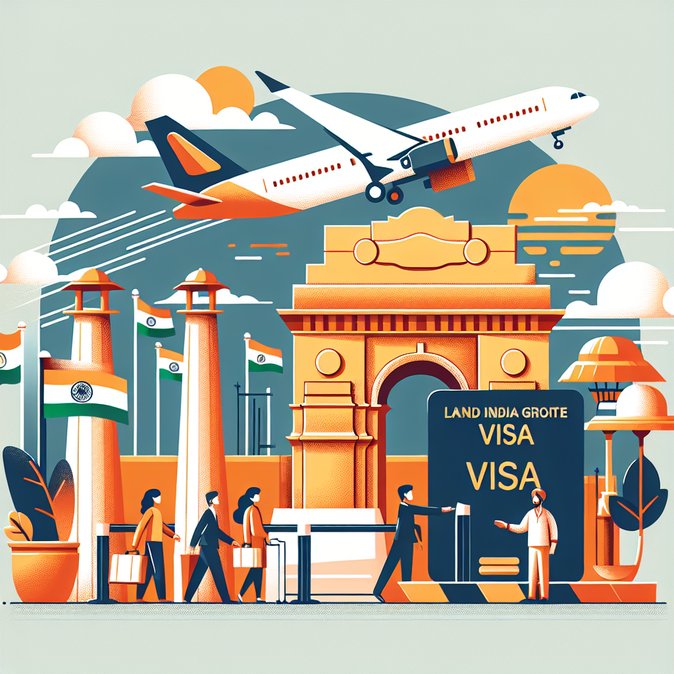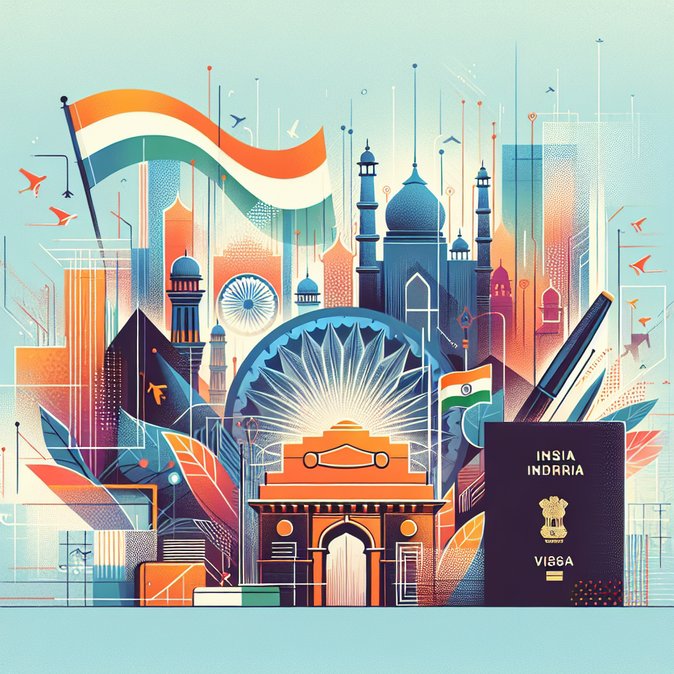
In a move widely welcomed by the travel and hospitality industry, India’s Ministry of Home Affairs has confirmed that it will again issue short-term, single-entry tourist visas from 15 November 2025. Applications have been accepted through BLS centres worldwide since 10 November, giving consulates a narrow window to clear back-logged requests. The new facility allows a 30-day stay that must be utilised within 120 days of issue. Long-term e-tourist visas and multiple-entry stickers—suspended since the 2023 pandemic rebound—remain on hold, underscoring the government’s cautious, phased approach to reopening.
Background discussions with industry bodies indicate that New Delhi’s decision was driven by lobbying from inbound tour operators who warned that India was losing ground to regional competitors such as Thailand and Vietnam, both of which restored visa-free or e-visa channels earlier this year. According to the Federation of Associations in Indian Tourism & Hospitality (FAITH), inbound volumes are still 27 percent below 2019 levels.
![India Re-opens 30-Day Short-Term Tourist Visas from 15 November]()
From a compliance perspective, travellers must obtain a fresh sticker in their passport; existing e-tourist visas cannot be re-activated. Canadian citizens remain excluded from the e-visa platform following diplomatic tensions, meaning they—and other nationals whose countries lack e-visa reciprocity—must use the new paper visa. Entry will be allowed only by air or sea; land borders stay restricted for leisure traffic. Corporates planning incentive trips should therefore verify port of entry options early and build in buffer time for flight disruptions.
For mobility managers, the short validity and single-entry design call for meticulous itinerary planning. Employees undertaking back-to-back regional trips will need either a business visa or multiple short-term tourist visas, which could raise costs. Travel risk teams should also remind visitors that overstays incur daily penalties as well as future visa complications.
Nevertheless, hotel chains and event organisers have already reported a spike in queries for December through the Holi season. If demand scales safely, officials hint that the popular five-year e-tourist visa—critical for repeat business travellers—may be reinstated early in 2026.
Background discussions with industry bodies indicate that New Delhi’s decision was driven by lobbying from inbound tour operators who warned that India was losing ground to regional competitors such as Thailand and Vietnam, both of which restored visa-free or e-visa channels earlier this year. According to the Federation of Associations in Indian Tourism & Hospitality (FAITH), inbound volumes are still 27 percent below 2019 levels.

From a compliance perspective, travellers must obtain a fresh sticker in their passport; existing e-tourist visas cannot be re-activated. Canadian citizens remain excluded from the e-visa platform following diplomatic tensions, meaning they—and other nationals whose countries lack e-visa reciprocity—must use the new paper visa. Entry will be allowed only by air or sea; land borders stay restricted for leisure traffic. Corporates planning incentive trips should therefore verify port of entry options early and build in buffer time for flight disruptions.
For mobility managers, the short validity and single-entry design call for meticulous itinerary planning. Employees undertaking back-to-back regional trips will need either a business visa or multiple short-term tourist visas, which could raise costs. Travel risk teams should also remind visitors that overstays incur daily penalties as well as future visa complications.
Nevertheless, hotel chains and event organisers have already reported a spike in queries for December through the Holi season. If demand scales safely, officials hint that the popular five-year e-tourist visa—critical for repeat business travellers—may be reinstated early in 2026.









